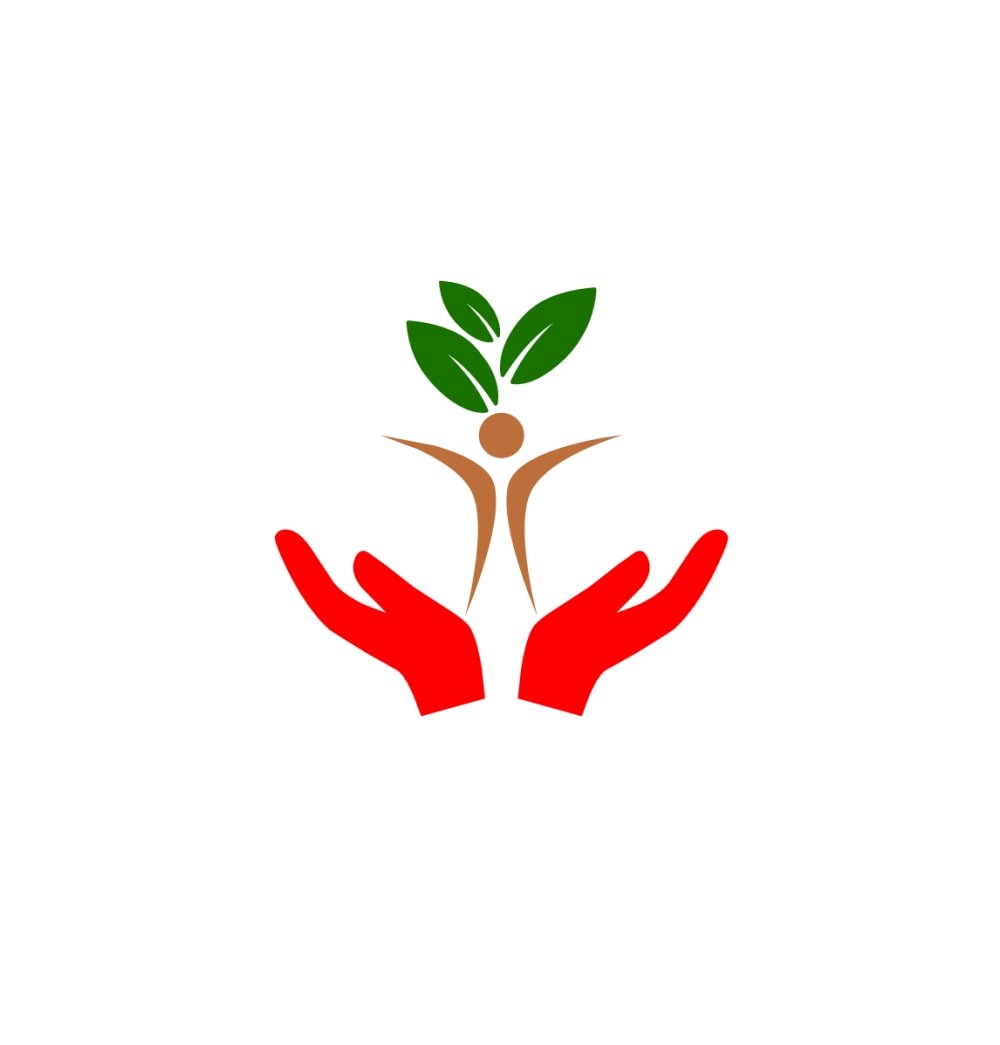Facing challenges is one of the many mainstream definitions of life. Who never gets to experience the lows? Or has there been an entity that did not encounter hardships along the way? Yet, the idea of hope co-exists.
While social issues are a major curse, there is a chance to instigate social change that begins from the grassroots level. When ordinary people rise to the extraordinary task of bettering the lives of others, social change occurs.
According to statistics from the National Council of Community Groups, in 2019 alone, the United States saw over 1.5 million formally registered not-for-profit organizations. This showed the increasing dedication to communal well-being. Collectively, these entities employed 12.3 million individuals. The NGO sector, thus, became the third-largest employer in the U.S. economy.
Thus, joining forces with like-minded souls gives us the strength and momentum to overcome obstacles. Ideas that start as small seeds of hope can blossom into movements that transform entire neighborhoods, cities, and beyond.
Strategic Steps Toward a Better Future
A positive change does not happen overnight. It requires strategic planning, cooperation, and perseverance. But even small victories, when multiplied across communities, add up to huge steps forward for humanity.
Our discussions must be practical yet full of hope. One must first brainstorm how we can apply the lessons of social change in our community. What issue are we passionate about that, with the right approach and allies, could be addressed for the betterment of all?
Key Dimensions of Social Change
Impact in History
History shows the transformational power of social welfare organizations. We have seen immense societal shifts resulting from coordinated action. One example is the civil rights movement of the 1960s. Through mass mobilization, leaders challenged unjust laws and changed national conversations. This greatly advanced equality and inclusion.
Economic Implications
Change often sparks financial upheavals too. For example, the establishment of the minimum payment standard was a direct consequence of labor rights campaigns improving livelihoods.
Research from the Economic Policy Institute confirms the increase in minimum wage in 1968. This helped reduce poverty while standardizing fair pay. Such reforms reflect how movements shape our everyday lives and lead us toward a better future.
Advancements in Technology
New technologies are also accelerating change. Social media spreads ideas rapidly for easier coordination. We saw this during the prime case of the Arab Spring uprisings. Citizens utilized online networks to demand political transformation. This displays the power of technology for mobilizing support and reform on a massive scale.
Overall, it’s clear that together, through commitment and creativity, people can create significant social and economic progress for a better future for all. The pathways ahead are bright when we stand up for what we believe in.
So, it is high time we start advancing community progress – our world needs genuine organizations for welfare and humanitarian causes to make a better future a reality.
The Role of Social Change in Building Strong Communities
Facilitating positive social change empowers communities and advances progress. It helps groups facing challenges to address issues at their root. Through organized efforts, communities can overcome obstacles collectively and work towards a better future.
Social change movements campaigned by social welfare organizations play an important part in this process by advocating for reforms across different sectors, such organizations for welfare and humanitarian causes to aid communities to alleviate barriers. Their initiatives provide people with resources and opportunities to achieve their full potential. They especially aim to improve the conditions of the underserved or marginalized.
When communities face a lack of access to basic necessities or face systemic injustices, social change begins to bud. It is a driving force for creating self-reliant neighborhoods where all members can thrive. Organizations for welfare and humanitarian causes often lead such movements.
While enacting change encounters difficulties, crises can also present new avenues. In times of solidarity, cross-community partnerships emerge. This allows mobilizing neighborhoods around challenges. When tackling issues jointly, organized social change picks strength.
If communities are to build a better future, collaborative action is essential. We must not overlook the transformative role of social change movements. With perseverance and alliance between diverse stakeholders, even current hurdles can lead toward empowerment and growth.
Implementing Lasting Impact
If we create sustainable impacts for social change, it will empower communities. Initiatives extend far beyond initial support cycles. Here are approaches for durable outcomes:
Sustained Progress in Social Welfare Organizations
Sustainable programs strengthen communities continually over time:
When you build local ownership, you are prepared for efforts to continue independently. Training community leaders to oversee initiatives like educational programs for underserved youth has kept such initiatives running for over a decade.
Multi-stakeholder collaborations pool diverse resources. Partnerships between social welfare organizations, private sponsors, and municipalities supported long-running job training facilities for low-income job seekers.
Tracking Impacts for Refinement
Regular monitoring efforts toward transformative reforms:
Gathering beneficiary feedback through surveys results in effective problem-solving. This helped address gaps and engage over 90% of families in nutrition security networks.
Data-backed reporting to stakeholders showcases tangible results and justifies further support. Compiled data reveals increased employment and wages after skills programs, securing expansions.
By diligently evaluating impacts, social change movements can optimize strategies, address root issues, and scale promising models for widespread empowerment through a better future. Partnerships combining community strength with long-term commitment stay resilient.
Building Momentum for a Brighter Tomorrow
Social change is a long journey that requires persistent effort. Adaptability over time can make the progress sustainable. Even small steps can make a profound difference when organizations operate with a long-term vision of uplifting lives.
Connecting Current Work to the Future
By communicating how daily actions advance strategic goals of equity and justice, motivation remains strong. Seeing the difference inspires continued participation. Social welfare organizations help communities envision pathways to a future where all needs are met.
Power of Continuous Refinement
To remain effective in evolving environments, we must refine initiatives based on learning. Welcoming feedback ensures no one is left behind. Innovation then inspires hope by tackling challenges in new, impactful ways. Communities realize limitless potential when supported to find solutions.
Every Change Counts
Change begins within our circles of influence. With compassion and goodwill, small daily differences ripple outward. Together, through our shared belief in humanity, a better future is within reach. Even small steps can change the dynamics through and through.
Conclusion
In summary, building a better future is a continuous journey.
With strategic approaches that bring diverse stakeholders together, Guiding Light of Hope must promote ongoing learning and highlight connections between present work and future goals. Even small initiatives can accumulate significant impact over time.
Most importantly, prioritizing community empowerment and fulfilling basic human needs sets the foundation for envisioning a brighter tomorrow. Through perseverance and compassion, a more just world is significantly possible.


